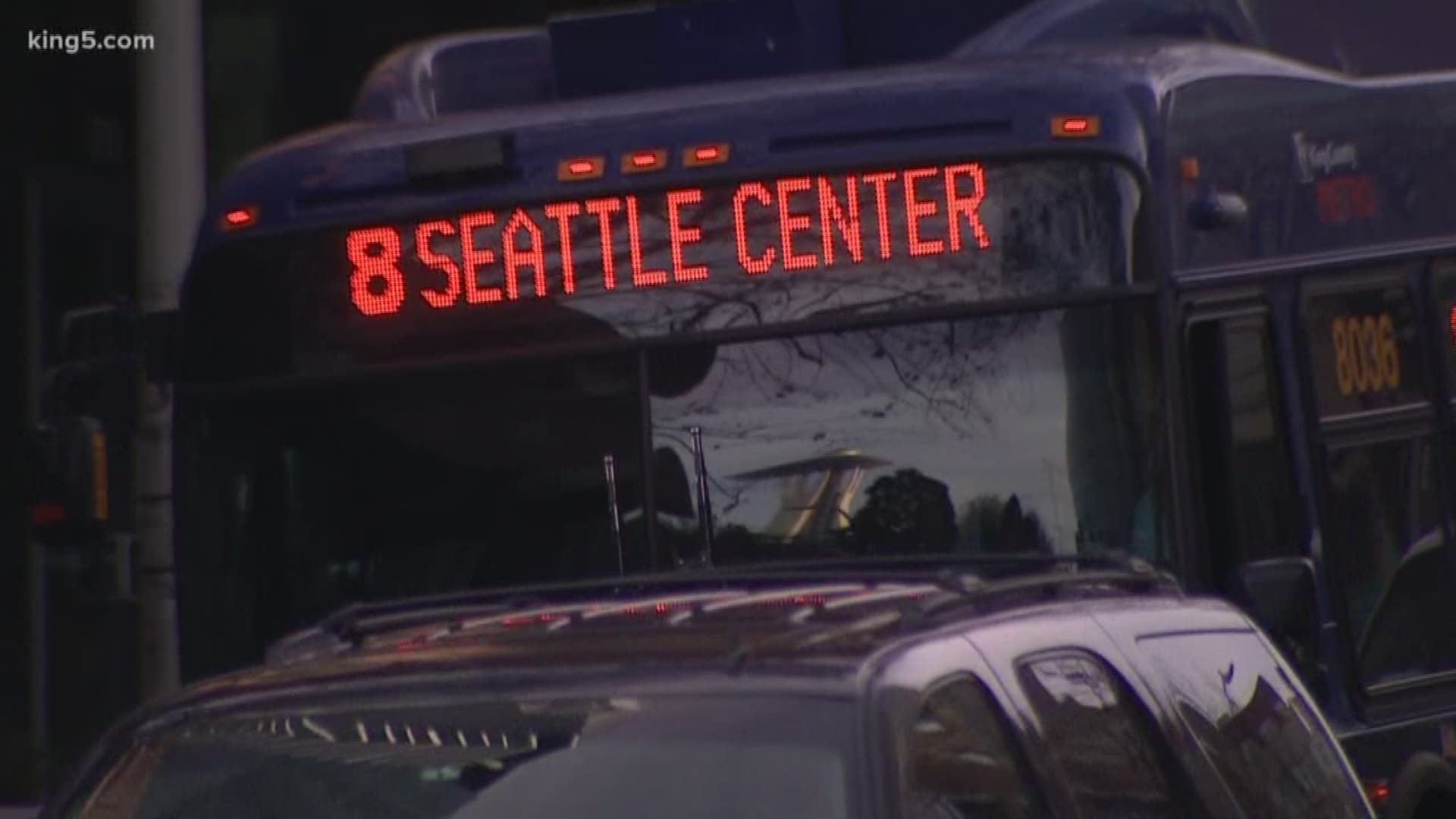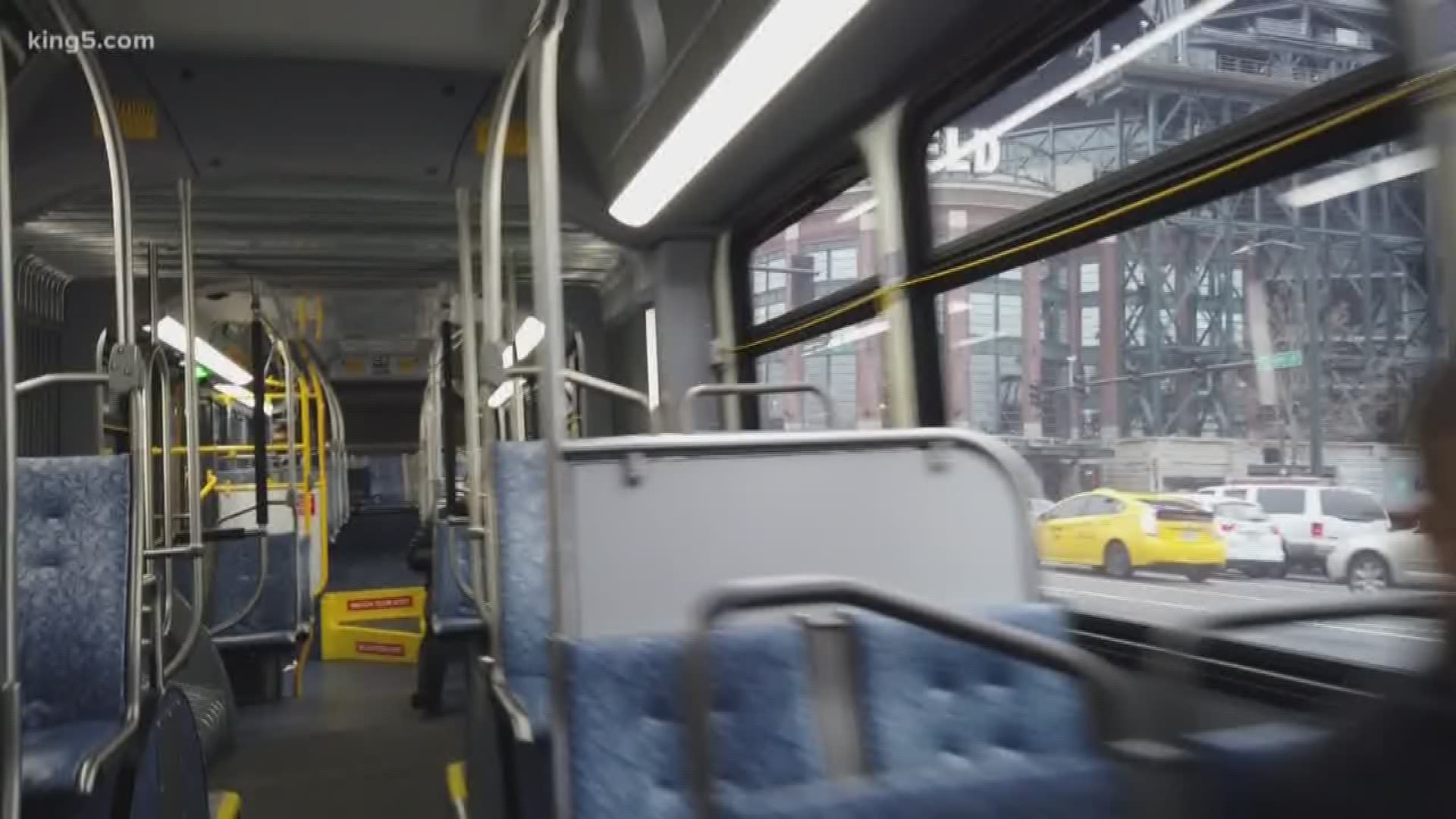SEATTLE — As the first week of the Seattle Squeeze continues, officials have sustained their call for drivers to make alternate plans to mitigate traffic – chief among them, taking public transit.
So far, “Viadoom” has yet to materialize in full force during a commute. Though some have experienced increased travel times, total gridlock has been prevented.
Managing Director of Service Development for King County Metro Bill Bryant briefed the King County council Wednesday on how it has adapted post-Viaduct.
“I think it’s pretty clear that many trips are not being taken, or being taken outside the peaks – which is exactly what we’re asking for as part of the way that we’re going to deal with this together,” Bryant said.
He also shared a handout with various Metro efforts - including additional standby buses, expanded Water Taxi service, increased field supervisory staff and parking restrictions in busy corridors.
“We haven’t really seen big effects yet, but the weather is about to turn and people are going to start settling back into their old habits, so we’re fully expecting that and fully prepared for that," said Bryant.
He said anecdotally, Metro believes more riders are choosing transit. They have not compiled ridership data post-closure yet.
“We haven’t seen a significant number of complaints about overcrowded buses, but we know there are some overcrowded buses,” he said.
A few people have reached out to KING 5 inquiring if some heavily-trafficked routes could get so full as to be unsafe. Byrant said drivers are getting the same guidance as pre-Viaduct – if a bus is too full, don’t let anyone else on.
“There should not be a safety issue,” he said. “The rules are fairly clear that there’s a line at the front of the bus on the floor, and as long as passengers can fit behind that line the vehicle is generally considered to be safe.”
He said that is primarily designed to keep the driver’s field of view to the right clear.
“If ever someone feels unsafe, they should definitely let the driver know, but we have not heard of that happening,” he said. “But there are some buses that are very full.”
Bryant also warned council members that while Metro service has so-far adapted well post-Viaduct, don’t expect perfection in the coming weeks and months – there will be times when the service performs below its usual goals.
He said he hopes the Viaduct closure leads to more permanent transit riders - but worries many will go back to driving alone soon.
“This is not the time to get complacent, there are many, many commutes ahead of us,” Bryant said.
Join KING 5's Seattle Tunnel Traffic Facebook group to stay up-to-date on the latest Seattle tunnel and viaduct news and get tips to battle traffic during the three-week viaduct closure in January.


